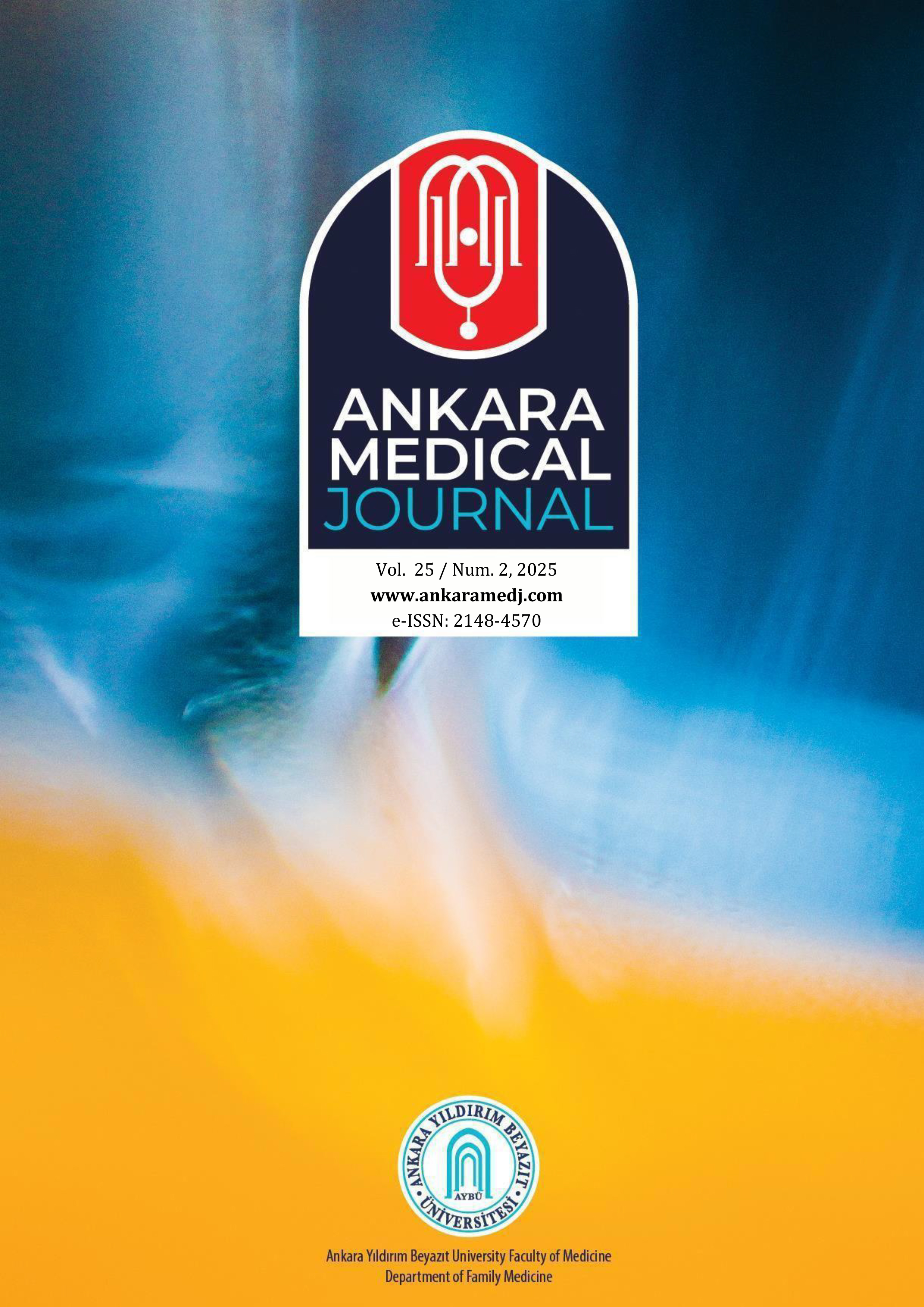Nutritional status of home care patients and affecting factors throughout a six months follow-up period
Zeynep Gizem Yüce1, Suleyman Gorpelioglu2, Canan Emiroğlu2, Cenk Aypak2, Yasemin Kaplan Say31Sincan 5th Family Health Center Ankara2University of Health Sciences Ankara Diskapi Yildirim Beyazit Training and Research Hospital Department of Family Medicine
3Kars Digor District State Hospital
INTRODUCTION: Home care patients are highly susceptible to malnutrition. This study, it was aimed to determine the changes in nutritional status and the factors affecting this change in the patients who receive home care services.
METHODS: This study was conducted as a prospective descriptive field study. Patients were visited twice with an interval of 6 months, and the MNA test was applied in both visits. The test scores and the factors affecting them were examined with Student's t-test, Pearson Chi-square and correlation tests considering the compatibility of the data with the normal distribution. Data were analyzed with IBM SPSS ver.22 statistical program.
RESULTS: On the first visit, 38.13% of patients were malnourished, and 37.81 % were at risk of malnutrition, and at the second visit, 41.88% were malnourished, and 35.31% were at risk of malnutrition. A statistically significant relationship was found between the MNA classification and loss of appetite, economic problems, caregiver not providing nutritional support, lack of social security, polypharmacy, and inability to eat alone.
DISCUSSION AND CONCLUSION: Screening the nutritional status of patients given home health care with appropriate scales and at short intervals, identifying those at risk of malnutrition and improving their nutritional status with appropriate interventions will positively affect the general health status and quality of life of these patients.
Manuscript Language: English
(637 downloaded)





